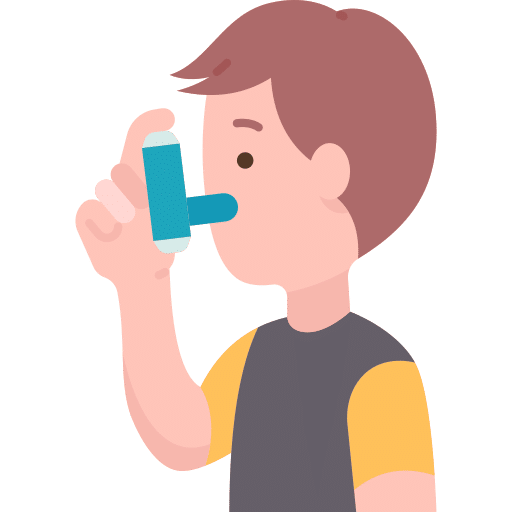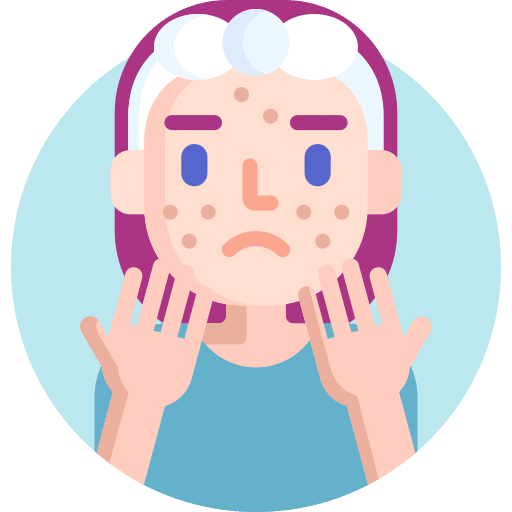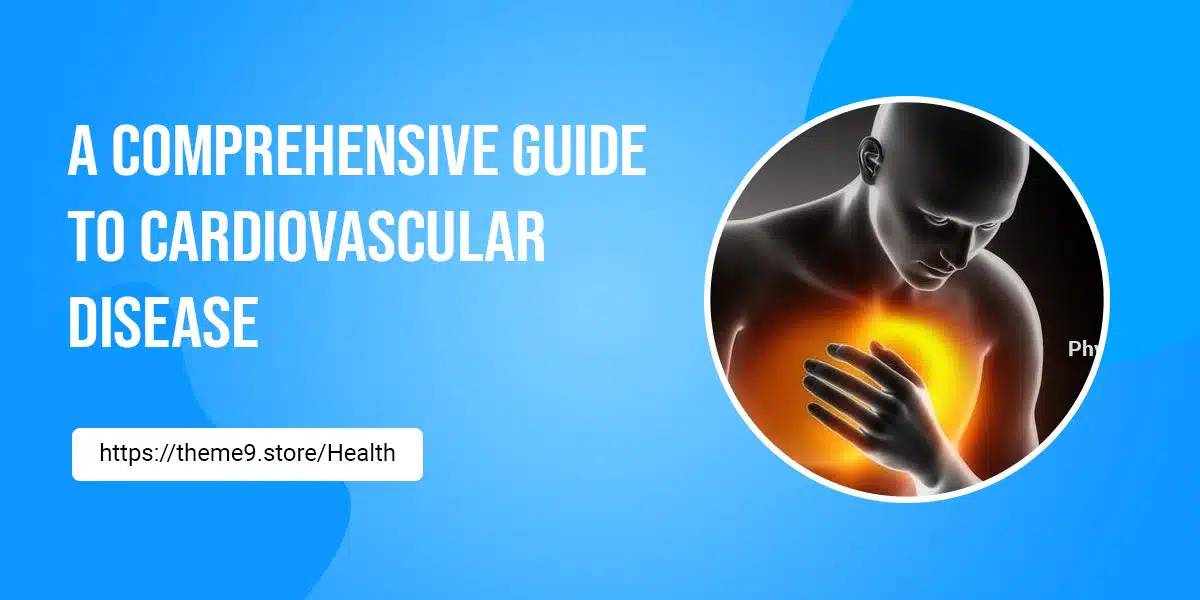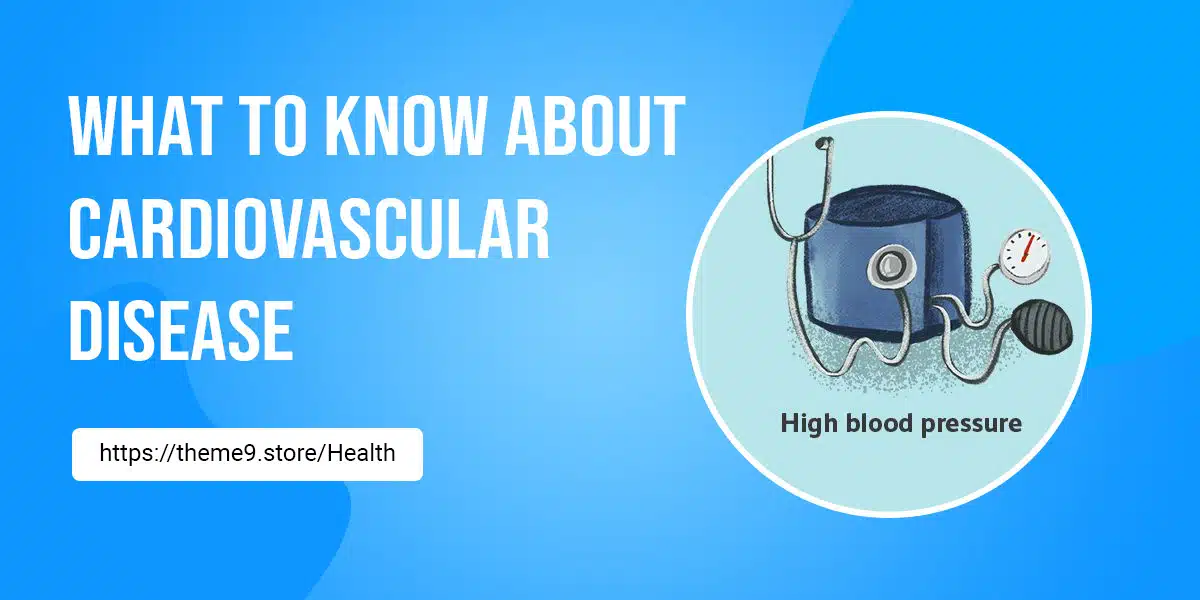Introduction:
Cardiovascular disease (CVD) is often dubbed the “silent killer” because it can develop without obvious symptoms until a serious event like a heart attack or stroke occurs. It encompasses a range of conditions that affect the heart and blood vessels, posing a significant global health threat. In this comprehensive guide, we will explore the various types of cardiovascular diseases, their risk factors, symptoms, diagnosis, treatment options, and preventive measures.
Types of Cardiovascular Disease:
- Coronary Artery Disease (CAD):
- CAD occurs when the blood vessels that supply oxygen-rich blood to the heart muscle become narrowed or blocked by a buildup of plaque. This can lead to chest pain (angina), heart attack, or other serious complications.
- Stroke:
- A stroke occurs when blood flow to part of the brain is interrupted, either by a blockage (ischemic stroke) or a ruptured blood vessel (hemorrhagic stroke). Symptoms may include sudden numbness or weakness, difficulty speaking or understanding speech, and vision problems.
- Heart Failure:
- Heart failure occurs when the heart is unable to pump enough blood to meet the body’s needs. This can lead to symptoms such as shortness of breath, fatigue, swelling in the legs and abdomen, and difficulty performing physical activities.
- Arrhythmias:
- Arrhythmias are abnormal heart rhythms that can cause the heart to beat too fast, too slow, or irregularly. This can disrupt blood flow and lead to symptoms such as palpitations, dizziness, fainting, and chest discomfort.
Risk Factors for Cardiovascular Disease:
Several factors increase the risk of developing cardiovascular disease, including:
- High Blood Pressure (Hypertension)
- High Cholesterol
- Smoking
- Diabetes
- Obesity
- Physical Inactivity
- Unhealthy Diet
- Family History of Heart Disease
- Age
- Gender (Men are generally at higher risk, but risk increases in women after menopause)
Symptoms of Cardiovascular Disease:
The symptoms of cardiovascular disease can vary depending on the specific condition and its severity. Common symptoms include:
- Chest Pain or Discomfort
- Shortness of Breath
- Palpitations
- Fatigue
- Dizziness or Lightheadedness
- Swelling in the Legs or Abdomen
- Nausea or Vomiting
- Fainting or Loss of Consciousness
Diagnosis and Treatment Options:
Diagnosing cardiovascular disease often involves a combination of medical history, physical examination, diagnostic tests, and imaging studies. These may include:
- Blood Tests (e.g., Lipid Profile, Cardiac Enzymes)
- Electrocardiogram (ECG or EKG)
- Echocardiogram
- Stress Test
- Cardiac Catheterization
- Coronary Angiography
- MRI or CT Scans
Treatment options for cardiovascular disease vary depending on the specific condition and its severity but may include:
- Lifestyle Modifications (e.g., Healthy Diet, Regular Exercise, Smoking Cessation)
- Medications (e.g., Statins, Beta-Blockers, Blood Thinners)
- Procedures (e.g., Angioplasty, Stent Placement, Coronary Artery Bypass Surgery)
- Cardiac Rehabilitation Programs
- Implantable Devices (e.g., Pacemakers, Implantable Cardioverter-Defibrillators)
- Heart Transplant (in severe cases of heart failure)
Preventive Measures:
Preventing cardiovascular disease involves adopting a heart-healthy lifestyle and managing risk factors. Key preventive measures include:
- Eating a Balanced Diet rich in fruits, vegetables, whole grains, lean protein, and healthy fats while limiting saturated and trans fats, sodium, and added sugars.
- Engaging in Regular Physical Activity, aiming for at least 150 minutes of moderate-intensity aerobic exercise or 75 minutes of vigorous-intensity exercise per week.
- Maintaining a Healthy Weight by balancing calorie intake with physical activity and making sustainable lifestyle changes.
- Avoiding Tobacco Use and Exposure to Secondhand Smoke.
- Managing Stress through relaxation techniques, mindfulness practices, and seeking support when needed.
- Monitoring Blood Pressure, Cholesterol Levels, and Blood Sugar regularly and taking necessary steps to keep them within healthy ranges.
- Following a Treatment Plan if diagnosed with conditions such as hypertension, high cholesterol, or diabetes.
- Regularly Visiting Healthcare Providers for preventive screenings, check-ups, and health assessments.
Conclusion:
Cardiovascular disease remains a significant public health concern worldwide, but understanding its causes, symptoms, diagnosis, treatment options, and preventive measures can empower individuals to take proactive steps to protect their heart health. By adopting a heart-healthy lifestyle and managing risk factors, we can work together to reduce the burden of cardiovascular disease and improve overall well-being for ourselves and future generations.








